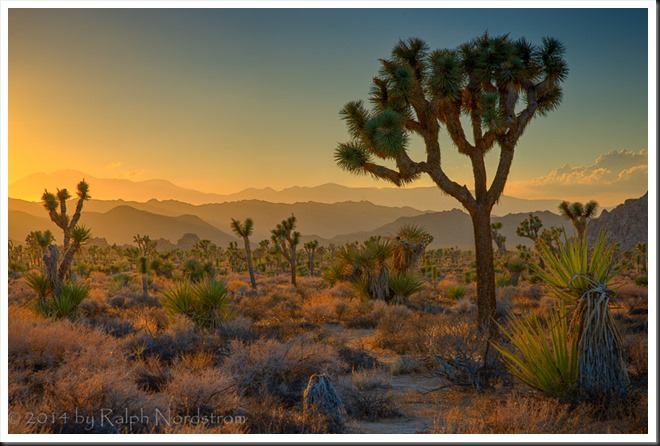I recently read an article by William Neill in the September Outdoor Photography magazine titled “Need to Know” that really resonated with me. His main point is, don’t let the acquisition of gear and techniques interfere with the experience. There’s so much information out there, so many people offering advice on techniques for composing, exposing and post processing. But in Neill’s journey he has developed what he calls, ‘… a simple but effective tool set.”
A foundation of gear and technique is important in capturing the experience. But it is the experience that is what we’re out there for, not histograms or depth of field or leading lines.
In my workshops I talk about the “Creative Vocabulary” which are the skills, techniques and judgment that we acquire over time and bring with us each time we venture into the field or sit down at our computers. And just like the spoken language, as we acquire a larger Creative Vocabulary we are able to express ourselves more fully and richly in our photographs. But that’s not to say that I disagree with Neill, not in the least. Let me give an example.
I get a fair number of participants in my workshops who have studied with other photographers, some of whom insist they shoot in Manual mode. In other words, the photographer needs to think about both the aperture and shutter speed. Those are both technical considerations to figure out when capturing an image. I advocate simplifying the process by shooting in Aperture priority.
Why Aperture priority? Because one of the primary considerations of a landscape photography is, “Is everything in focus?” And aperture is an important control to achieve this. In Aperture priority the photographer has only one thing to think about. The camera takes care of the shutter speed. And, because we’re shooting from tripods we don’t really care what the shutter speed is.
Having fewer technical details to think about when in the midst of the experience opens up our minds to savor, appreciate and hopefully capture the experience and not get lost in the problem solving, analytical, technical side of photography.
And again, that’s not to say that technical side of photography and especially digital photography is not important. Our digital cameras are small, powerful computers and there’s no escaping the significant technical prowess that is required to get the most out of them.
But acquiring the technical skills is finite. Either you can use the histogram and other exposure controls to get an optimum exposure your you can’t. Either you can use focus, depth of field and length of exposure to get appropriate sharpness or you can’t. But these skills are well-defined. If you don’t have them they can be acquired with study and practice.
The creative skills are a different matter altogether. Using strong composition and recognizing fantastic light to create WOW images is a life-long pursuit. There’s always more to learn.
The technical and creative aspects of photography use different parts of our brains. One speaks with a loud, attention-demanding voice and the other speaks to us softly, quietly. One side breaks things down and sees them analytically while the other side experiences the whole thing. Can you guess which is which? The technical side of the brain is the loud, analytical one while the creative side is quite, holistic and easily drowned out.
That’s why it’s so important to master the technical aspects of photography so they become second nature, as automatic as driving a car. The less attention the technical skills require the more we are able to open up to the softer, gentler creative skills. And our photographs benefit.
To quote Neill’s closing thoughts,
“…. Be in the moment. Connect with your senses. Art will come through your emotions when most intense. On that October day, all we ‘needed to know’ was that we were there to see it.”
We do photography workshops. Come on out and join us. Click here to check us out.
(787)


I’ve had the pleasure of photographing sunrises with you several times. There is nobody that ‘gets into’ or enjoys the moment more than you do. Keeping the process simple helps allow this. Great photo and suggestions.
Thanks Harold. And I am a HUGE fan of your photography, always have been. You have a style that is both sublime and impactful. Your work resonates at a very deep level.
Thanks for your thoughts. I appreciate what you are saying.
Thanks Larry.